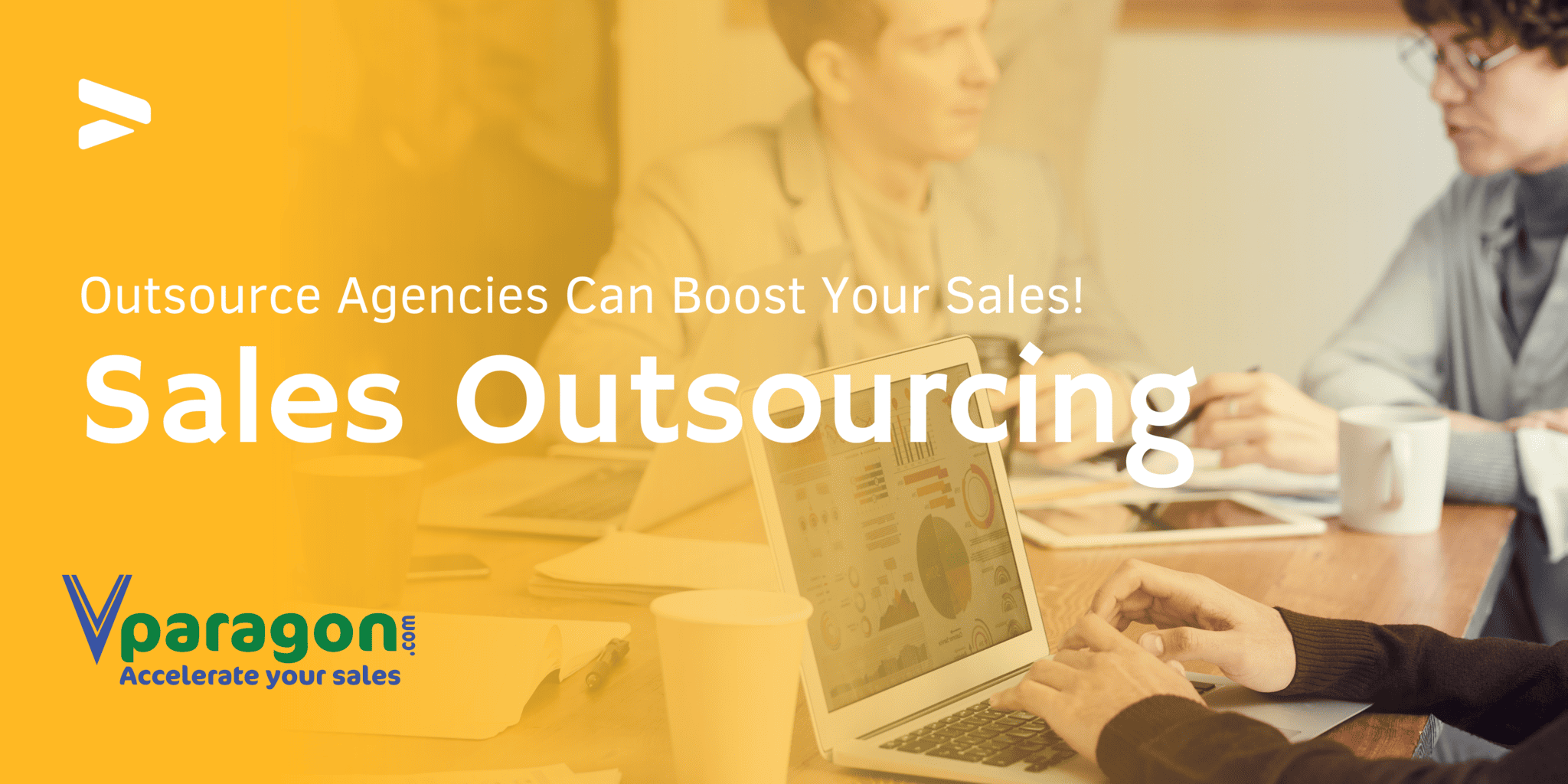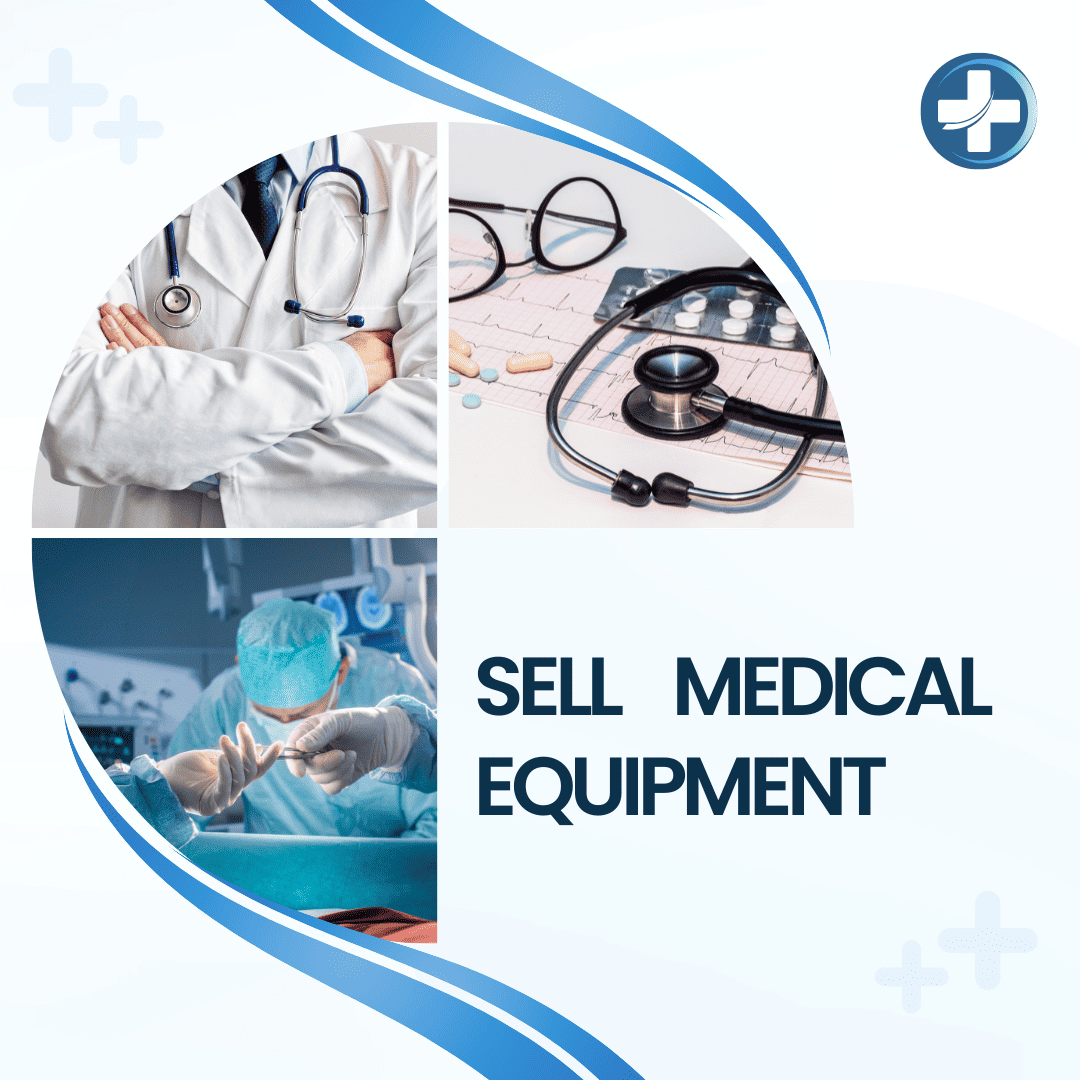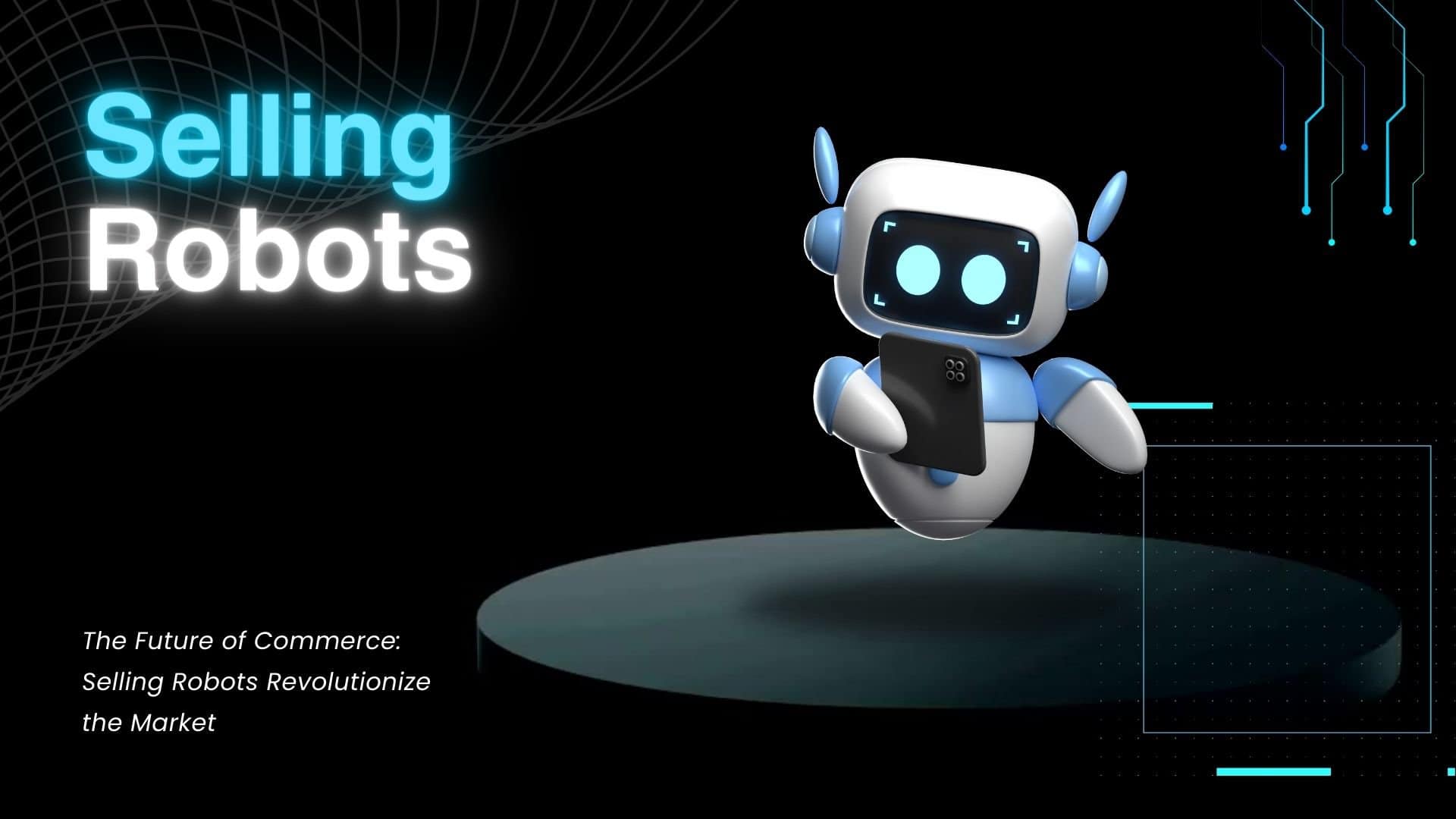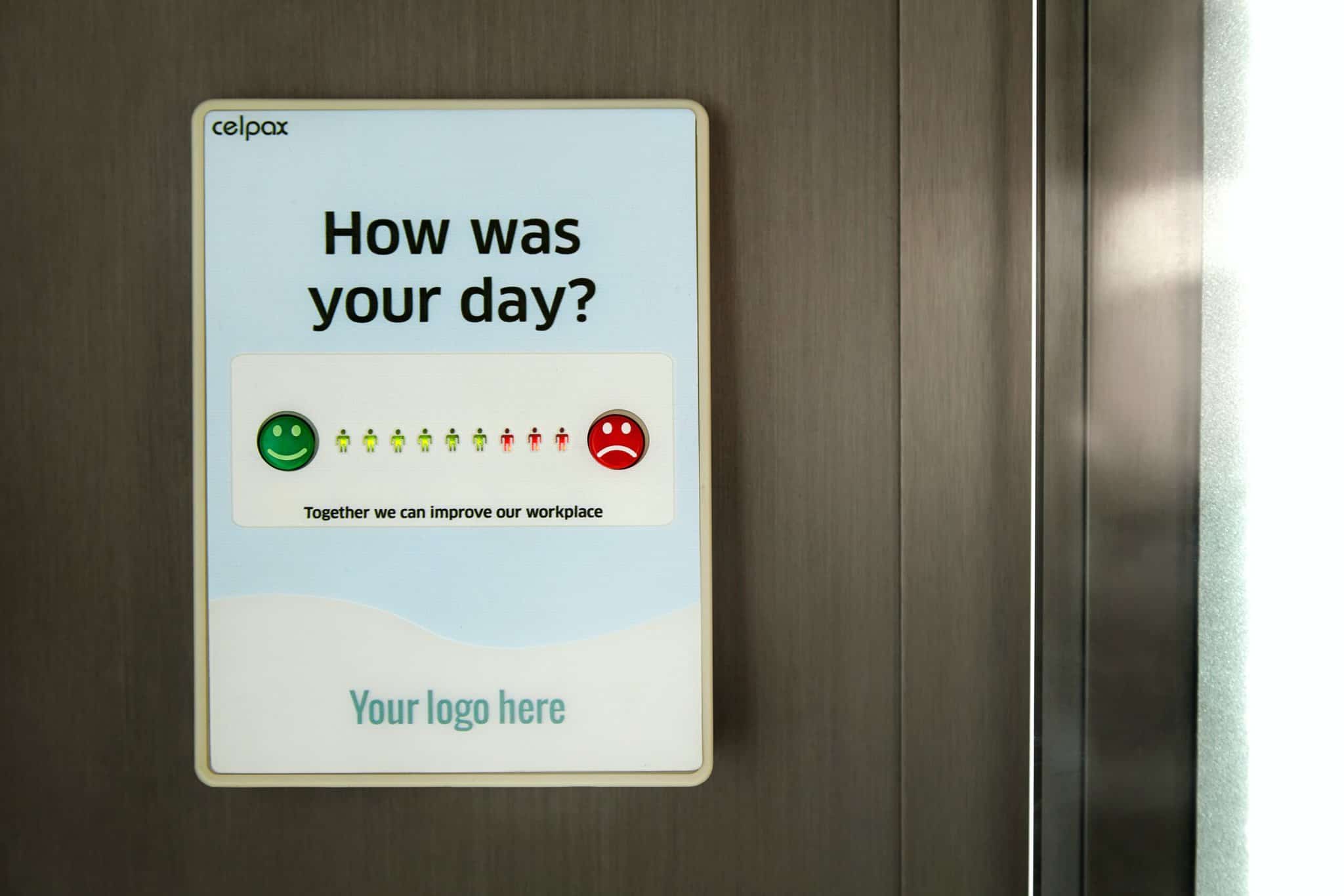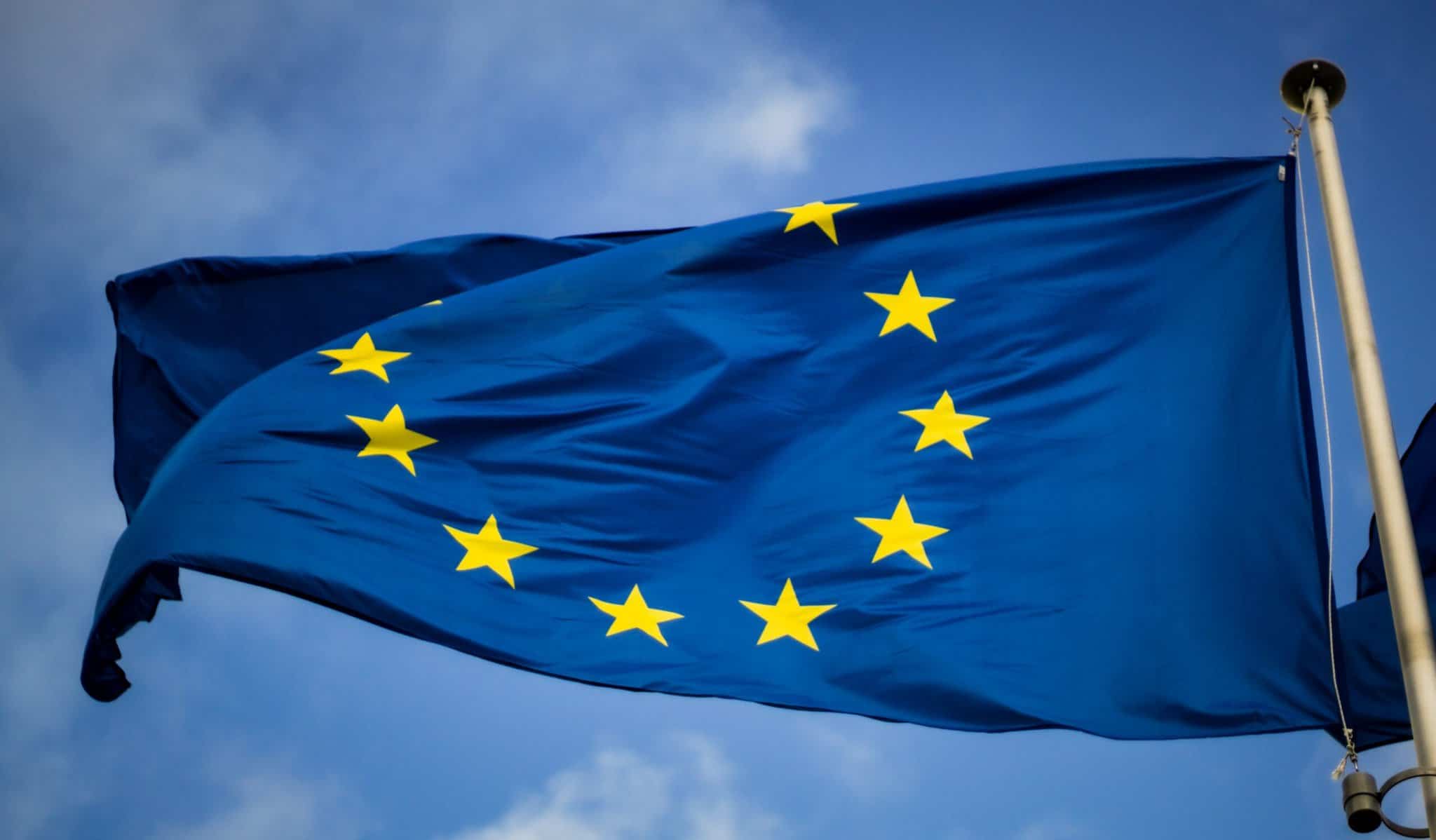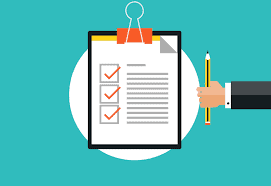Sell in the EU or in the US?
Achieving effective sales strategies in the European Market versus the U.S. Market has always required different approaches. This is emphasized further with the changes occurring in B2B sales, which ultimately creates an even greater contrast in the sales approach within these two markets. To engage with prospects effectively and generate sales, to sell in the EU or in the US, companies must understand these differences. This understanding must focus on: culture, geographic location and unique business behaviors.
The role of Buying Culture – Sell in the EU.
Businesses based in Europe are more comfortable with the face-to-face type of engagement. Customers want to build a personal relationship with the organizations they are purchasing from. Statistics show that 75% of sales engagements in Europe take place in person.
For successful sales within Europe, to sell in the EU, companies need to be aware of this personal relationship preference and be in a position to accommodate these trends. This type of sales contact can create a slower sales process; however, a stronger personal relationship is essential when interacting with European buyers.
When comparing the European sales trends to that in the U.S. there is an ever-increasing shift towards sales using an on-line relationship within the U.S. markets. This is highlighted with the use of cloud-based solutions. As the U.S. market is accustomed to the ‘Amazonization’ in the B2C environment, U.S. business buyers therefore prefer a similar buying experience. U.S. buyers are comfortable without a face-to-face relationship with the companies they are buying from.
The lack of a personal sales relationship creates challenges in understanding a customer’s unique challenges and problem areas. For this reason, organizations selling into the U.S. markets are adopting Engagement Analytics. Engagement Analytics assist with insight into buyer behaviours, with indicators revealing a prospect’s area and level of interest; this will ensure that sales conversations are personalized and relevant to the buyers.
Location, Location, Location – Sell in the EU – sell in the US
Within the United Kingdom statistics indicate that >85% of business is accomplished in London, in France, 90% in Paris while in Germany business take place in Berlin, Frankfurt, Hamburg, Dusseldorf, and Munich. In Spain, there are two centers – Barcelona and Madrid.
Europe is therefore more geographically practical to connect with buyers in person to do business. This combined with the European preference for face-to-face engagement and centralization of business centers assists in creating a simpler business relationship.
In comparison the size of the U.S. makes it (if not impossible) very difficult to meet with clients in person. Is not the same to take the train from Frankfurt to Düsseldorf than to flight from N.Y. to Detroit.
These geographical factors make it paramount to create an alternative method to work with buyers in the U.S. How do you identify the top decision makers without a face-to-face consultation? Within U.S. based businesses, analytics are performing the role of accurate visibility into the stakeholders by indicating content sharing with whom it is being shared.
Business Behaviors Affect Your Sales Activities – Sell in the EU.
In Europe, it is common practice for companies to supply employees with mobile phones. Employees therefore view their mobile phones as a work tool and are more likely to receive and make business calls. In contrast, employees in the U.S. have privately owned mobile devices and will ignore a phone call if they don’t recognize the number.
Businesses selling in the European markets have easier personal mobile connectivity to buyers. Whereas, in the U.S. this personal mobile engagement is more challenging. Communicating with buyers in the U.S. requires a different approach. Connecting with customers and prospects in the U.S. requires a strategy, that combines phone calls, email and social-media.
Furthermore, the amount of engagement that is required to create a quality connection in the U.S. is higher. It can take sales people an average of 8 different ‘touches’ before they even connect with a buyer. Statistics show that 45% of sales people give up after one follow up process!
Sales Automation has become a necessity for sales people to follow up with prospects. By using automated email and call scheduling, sales teams can connect with more people and at a faster rate and therefore increase prospect conversations and conversion rates. We’ve seen customers increase their pipeline by 50% by simply implementing email and call automation.
We have all heard the saying – “the world is getting smaller” – and I don’t disagree, however, this does not imply that your sales approach can be a “one size fits all”. Sales into either the European or U.S. markets requires an understanding of the differences in these markets in order to ensure that your sales teams are equipped for maximum success. Vparagon as a sales outsourcing agency specializes to sell in the EU, but the recent years we had also many successful projects in the US.


